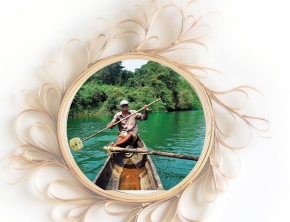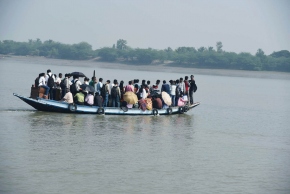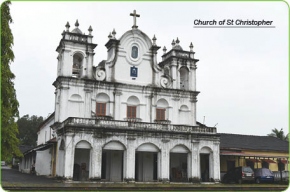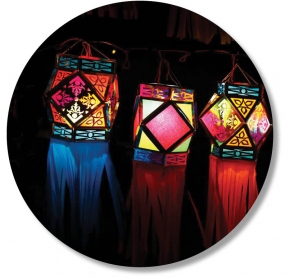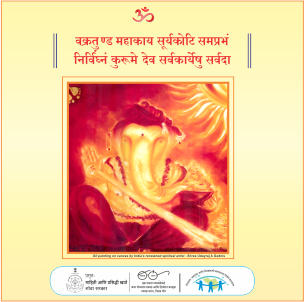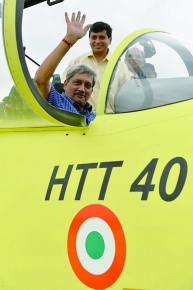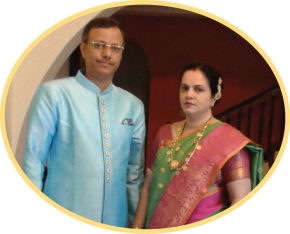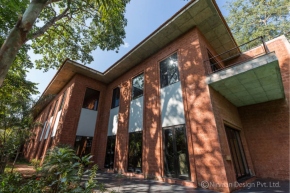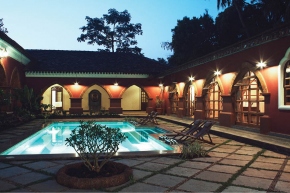- Wellness Reboot 2022
- Harsh Khandeparkar
- LOOKING AHEAD IN HOSPITALITY
- History Set In Stone
- Cadan Lifestyle - A one stop shop for multiple brands
- Goan jackfruit-based vegan startup receives Shark Tank India funding
- Tata Starbucks opens first outlet in Goa
- Vinho Fontainhas - A befitting tribute to Goa’s cultural heritage
- Bank of India offers affordable loans and a variety of Government saving schemes
- Chowgule Maruti Suzuki dealership celebrates 36th anniversary
Museum Artifacts in the Open
Goa is home to many rock carvings besides the famous one at Pansaimol. There are religious and regional tales hidden around the etchings
Pansaimol is certainly the best known site in Goa for petroglyphs. But there is also another striking yet little known site in the village of Pirla known as Baulechem Murom or Bavaleacheomol. The few stone carvings here appear to completely merge into the large laterite plain, but a discerning eye can spot four human figures, four deer and one bull. This spot is certainly worth visiting.
From large laterite plains the focus shifts to carving on boulders. While trekking to a waterfall high above on Pali hill near Vargani village (close to Netravli) a local guide pointed to the figures of the sun and a crescent moon carved on a boulder. He called the rock Chand-Surya, which signifies eternity. These carvings tucked far away from civilisations are perhaps Goa’s best-kept secret!
The village of Kazur in Quepem taluka is well known for Dudhanfatar – a flat quadrangular granite rock about 1.25 metre in length and breadth. It remains lost during the monsoons surrounded by lush fields but stands stark during the summer. At the centre of Dudhanfatar, one finds a vulva, a symbol of the fertility cult. Dudhanfatar is densely covered with 25 carvings which include a Zebu bull, antelope, deer and ibexes. One also finds a cross-like symbol and a small anthropomorphic figure of the mother goddess.
Mauxi village, far from Quepem, boasts nine rock etchings/carvings. These were discovered in 2003 on a rocky outcrop of basalt rocks within a seasonal tributary of river Velus near the Ravalnath temple. Here one finds etchings/carvings of zoo morphs, cupules, a trident and an engraving of a footprint.
The zoo morphs comprise a Zebu bull, two bulls facing each other as in a bullfight, a small bull within the body of a larger bull and a linear elongated animal representing a deer. After studying the rock art, one is tempted to explore this faraway village, shadowed by tall mountains. The village is still picturesque, clean and green with lovely mud-moulded tulsi vrindavans in the courtyards.
Outside the Mhalsa temple at Verna, one comes across an eight-foot image of a female deity chiselled out on a flat laterite stone. This image is native to Curdi where it is estimated to have existed for more than 2000 years. When the village was earmarked to be part of a reservoir as a result of the construction of a dam across the Selaulim River, this image was painstakingly quarried out of the ground in one piece by the Directorate of Archives, Archaeology and Museums in 1988 and moved to its present location.
This image was identified as that of Lajja Gauri in the form of Kovati, the nude mother goddess locally known now as Kalvant of Kalavati.


